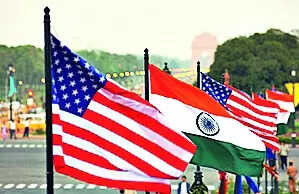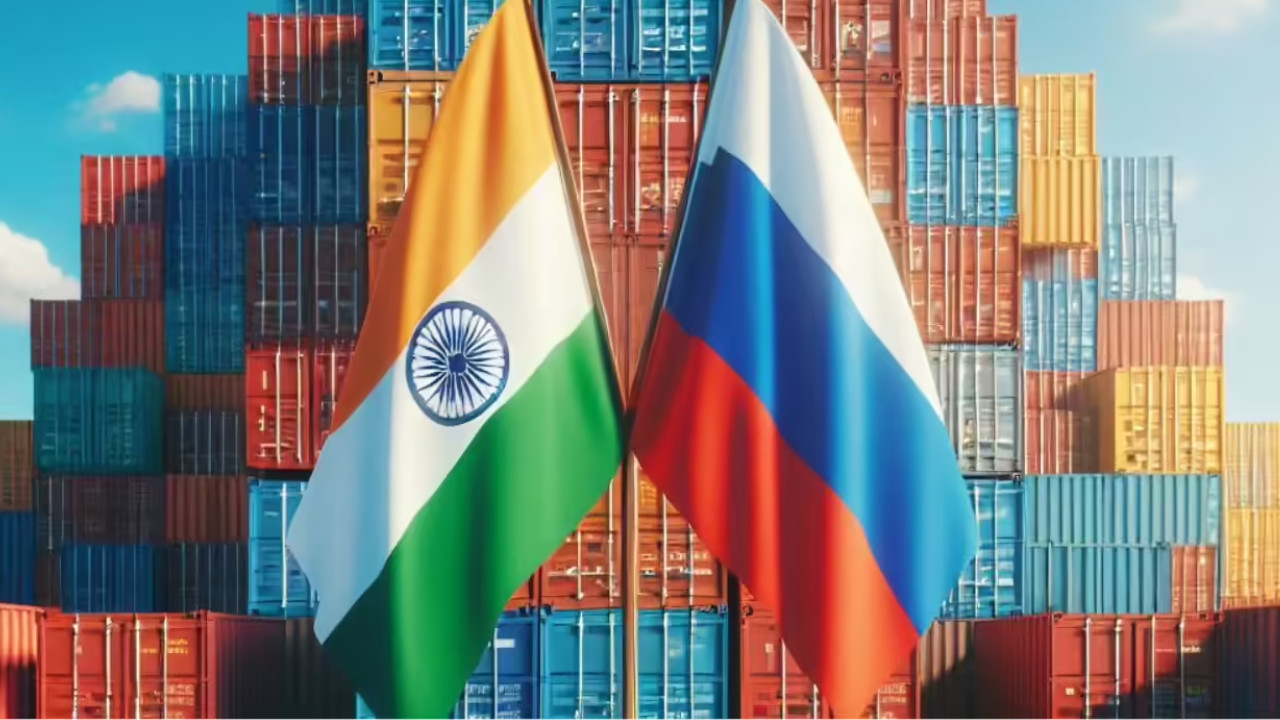Despite Trump’s August 1st deadline, US negotiators will visit India later in August, aiming for a bilateral trade agreement by Fall. Sticking points remain, particularly regarding American agricultural and dairy access, which India resists. India seeks gains in textiles, footwear, and auto parts. Trump’s insistence on agricultural concessions and opaque deal-making with other nations are also concerns.
Will India and the US Finally Find Tariff Harmony?
The trade winds between India and the United States have been gusting with a bit of uncertainty lately, but there’s a distinct feeling that calmer seas are on the horizon. After months of back-and-forth, negotiations seem to be heading towards a potential resolution on a host of tariff-related issues. Could this be the breakthrough businesses on both sides of the globe have been waiting for?
The spotlight is on August, a month shaping up to be crucial for Indo-US trade relations. While an initial tariff deadline of August 1st came and went, the good news is that it hasn’t signaled a breakdown in talks. Instead, it appears to have paved the way for more focused discussions. A U.S. delegation is scheduled to visit India in the latter half of the month, signaling a proactive approach to resolving the outstanding disagreements. The visit itself speaks volumes; it’s a clear indication that both countries are committed to finding common ground.
Deciphering the Trade Landscape: Key Issues at Play
So, what’s causing these choppy waters in the first place? A complex web of tariffs and trade barriers are, as always, at the heart of the matter. The specific issues under discussion are diverse, ranging from import duties on certain agricultural products to market access for specific industries.
For India, securing more favorable terms for its exports, particularly in sectors like textiles and pharmaceuticals, is a key priority. On the other hand, the U.S. is keen on lowering barriers to entry for its companies in the Indian market, particularly in sectors like technology and agriculture. Finding a balance that addresses the concerns of both nations is the delicate act negotiators are trying to perform.
<img src="image-url.jpg" alt="Negotiating lower tariffs between the US and India could lead to a boost in global trade and economic growth.” width=”600″ height=”400″>
Why This Matters: The Ripple Effect of Trade Agreements
The potential impact of a successful trade agreement between India and the US extends far beyond the immediate gains for businesses involved. It has the power to reshape global trade dynamics, foster stronger economic ties, and create new opportunities for growth and innovation. Think of it as a domino effect: reduced tariffs lead to increased trade, which in turn stimulates economic activity, creates jobs, and ultimately benefits consumers through wider choices and competitive prices.
Furthermore, a strong Indo-US trade relationship sends a powerful signal of stability and cooperation in an increasingly uncertain global landscape. It can serve as a model for other nations looking to forge mutually beneficial trade partnerships. This is about more than just dollars and cents; it’s about building a more interconnected and prosperous world.
Looking Ahead: What to Expect in the Coming Weeks
As the U.S. delegation prepares for their visit to India, all eyes will be on the negotiation table. While the details of the discussions remain closely guarded, the broad objectives are clear: to address outstanding tariff issues, improve market access, and create a more level playing field for businesses in both countries.
Success hinges on a willingness to compromise and a commitment to finding solutions that benefit both sides. It requires creative thinking, a deep understanding of each other’s priorities, and a shared vision for a stronger and more prosperous trade relationship. The stakes are high, but the potential rewards are even greater.
The Push for Lower Tariffs: A Win-Win Scenario?
Achieving a breakthrough in these negotiations isn’t just about smoothing out trade relations; it’s about unlocking the immense potential of the Indo-US economic partnership. By addressing the sticking points and creating a more transparent and predictable trade environment, both countries can pave the way for increased investment, innovation, and job creation. You may want to review our piece on [India’s evolving economic policies](internal-link) to learn more about trade development.
The coming weeks will be critical. The visit by the U.S. delegation represents a significant opportunity to bridge the gap and forge a new chapter in Indo-US trade relations. Let’s hope that the spirit of cooperation prevails, and that both nations can seize this opportunity to unlock a future of shared prosperity. The global economy is watching.







